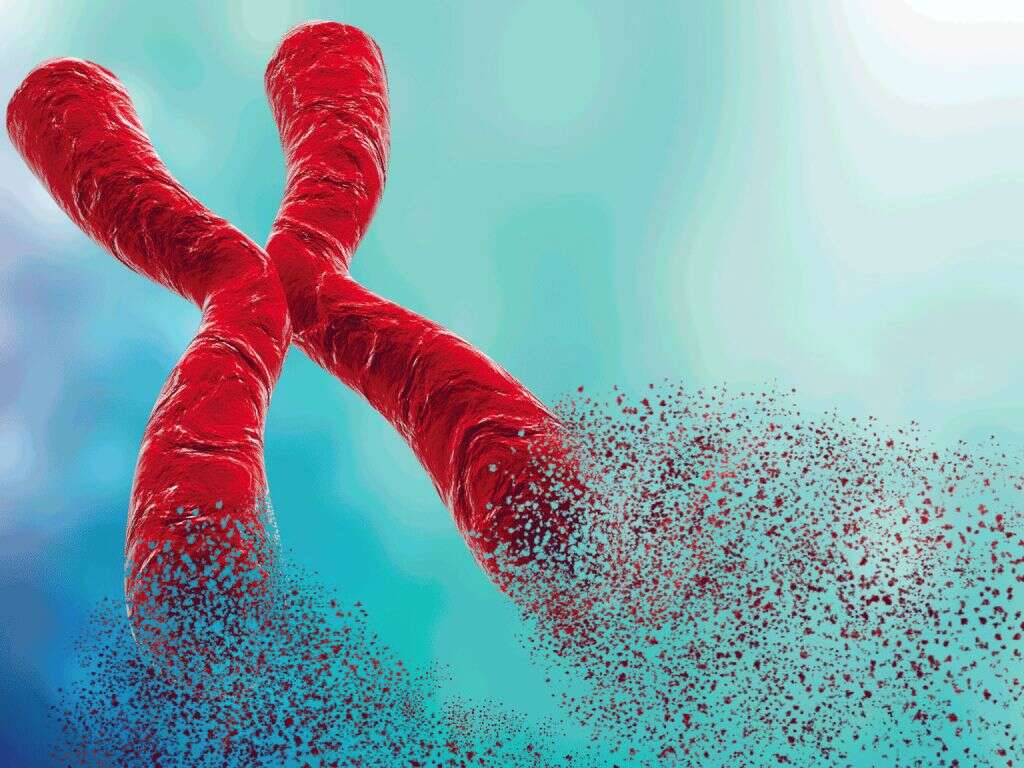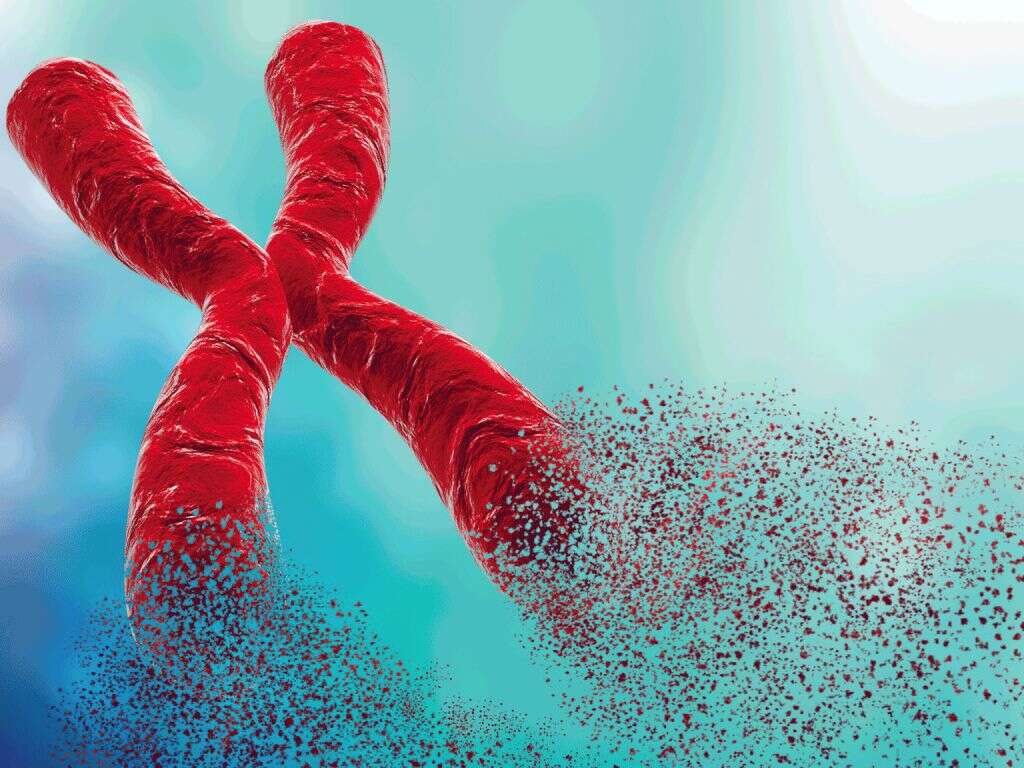Early Signs of Autism
 Article Sources
Article Sources
- 1. Martínez-Pedraza, Frances de L., and Alice S Carter. “Autism spectrum disorders in young children.” Child and adolescent psychiatric clinics of North America vol. 18,3 (2009): 645-63. doi:10.1016/j.chc.2009.02.002
- 2. Ozonoff, Sally et al. “The onset of autism: patterns of symptom emergence in the first years of life.” Autism research : official journal of the International Society for Autism Research vol. 1,6 (2008): 320-8. doi:10.1002/aur.53
- 3. Webb, Sara Jane, and Emily J H Jones. “Early Identification of Autism: Early Characteristics, Onset of Symptoms, and Diagnostic Stability.” Infants and young children vol. 22,2 (2009): 100-118. doi:10.1097/IYC.0b013e3181a02f7f
4. Visual Attention
Vision gives us a sense of what is around us. We tend to be able to look at objects and instantly know what it is, what it is for, its color, shape, etc., and typically will not look at it for very long. Also, when looking at an object, we tend to look at it straight on to get the best perspective of it.
Children with Autism will often display unusual ways to look at or inspect objects. This can be identified in babies as early as 6-12 months in age.2Ozonoff, Sally et al. “The onset of autism: patterns of symptom emergence in the first years of life.” Autism research : official journal of the International Society for Autism Research vol. 1,6 (2008): 320-8. doi:10.1002/aur.53 An infant may also show signs of Autism by taking a very long time to stare at or become oriented to an object.3Webb, Sara Jane, and Emily J H Jones. “Early Identification of Autism: Early Characteristics, Onset of Symptoms, and Diagnostic Stability.” Infants and young children vol. 22,2 (2009): 100-118. doi:10.1097/IYC.0b013e3181a02f7f An older child may use odd ways to study an object such as looking at it out of the corner of their eye.1Martínez-Pedraza, Frances de L., and Alice S Carter. “Autism spectrum disorders in young children.” Child and adolescent psychiatric clinics of North America vol. 18,3 (2009): 645-63. doi:10.1016/j.chc.2009.02.002
Advertisement











